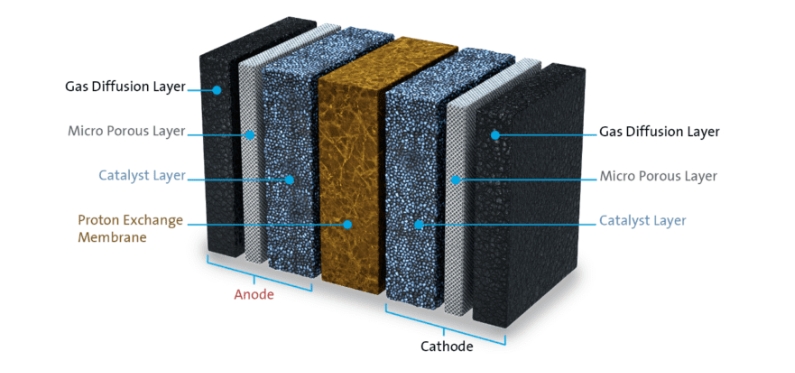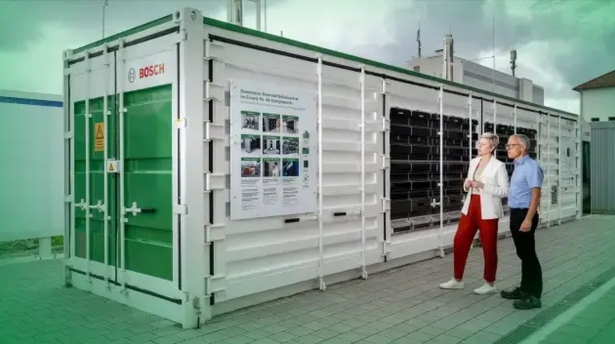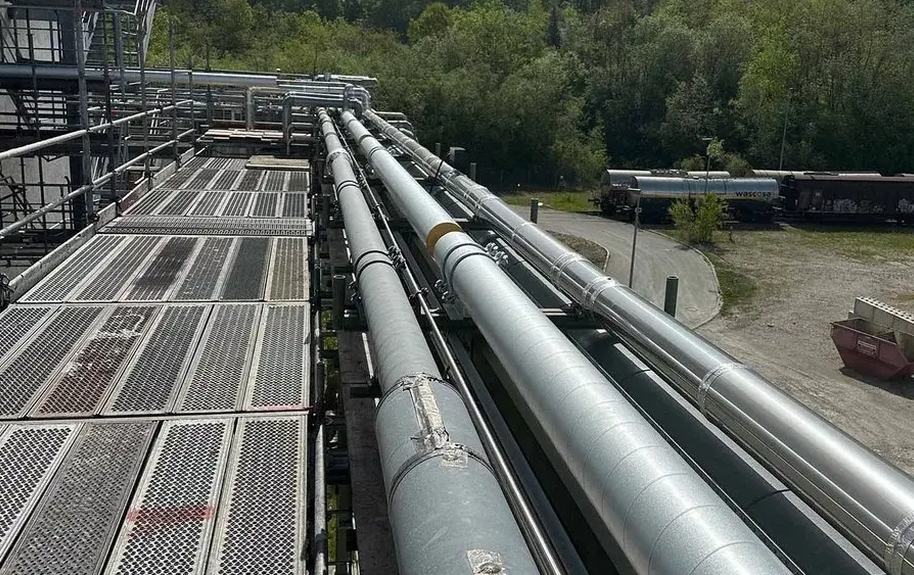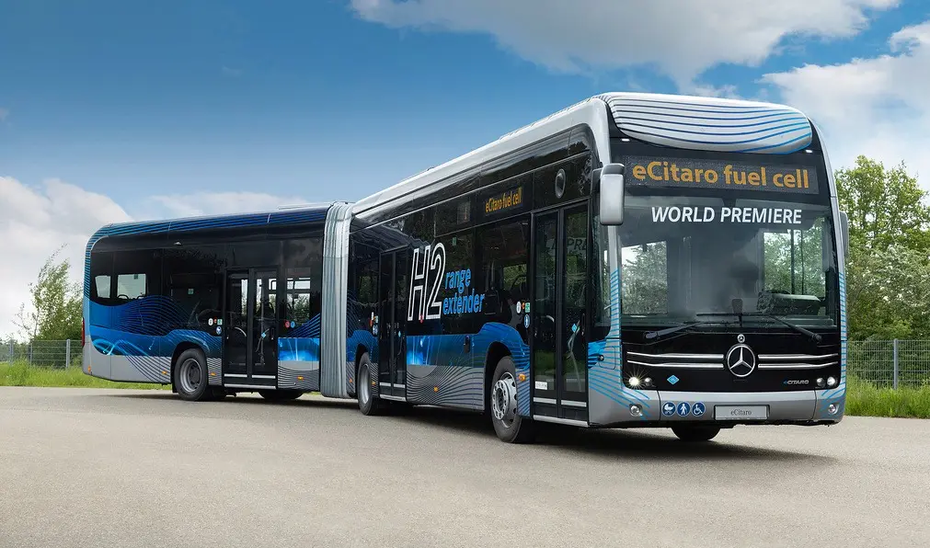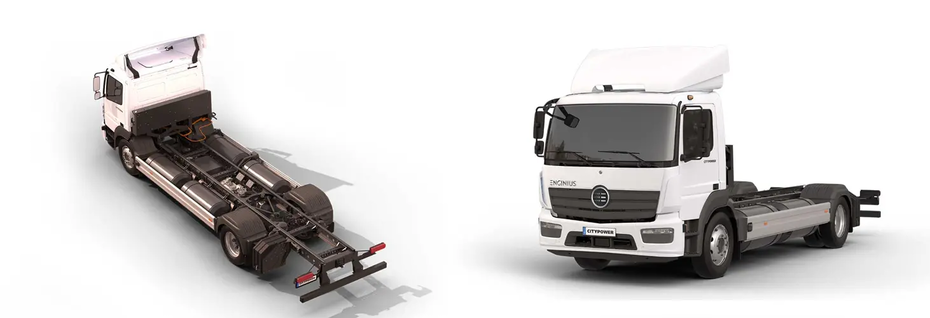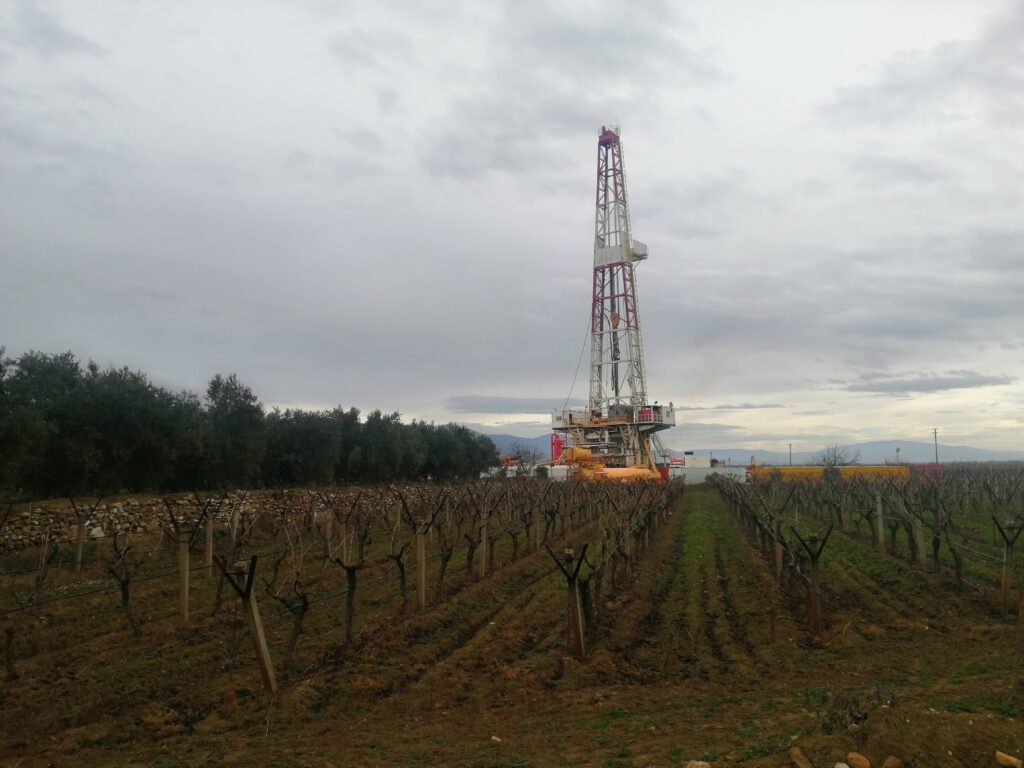 A drilling rig in the Gediz Graben, (Image unrelated to story. Source: JeotermalHaberler)export.
A drilling rig in the Gediz Graben, (Image unrelated to story. Source: JeotermalHaberler)export.The work of the geothermal industry also contributes to the growth of the body of knowledge in the field of geosciences. The studies of Fatma Gülmez and her colleagues (https://doi.org/10.1007/s00531-023-02319-0) interpret the results of geothermal drillings and make new geological suggestions for the Gediz Graben in Türkiye.
Western Anatolia has been the site of many geothermal studies. Hundreds of deep drillings and thousands of kilometers of geophysical measurements are carried out, mostly by the private sector. However, it is not possible to say that these strategic studies are discussed sufficiently in scientific-academic platforms. The recently published article by Fatma Gulmez, Hatice Unal Ercan, Nalan Lom, Gonenc Gocmengil and Emre Damci is very important in this sense.
The article interprets data from geothermal drilling operations in the Gediz Graben and brings new suggestions about various features of the geological units in the Gediz Graben and their relationship with the surrounding grabens. Despite the intense geothermal activities in Western Anatolia, many major issues are still unclear. There are deficiencies in explanations regarding the relationship between grabens and their formation mechanisms. The authors emphasize this situation in the article and put forward theses about this field by interpreting the logs of geothermal drillings.
In the article, the Neogene basins in the Western Anatolia extensional region are examined under two separate headings:
NE-SW basins dominated by materials derived from units related to the Menderes Massif and/or the Izmir-Ankara-Erzincan suture zone;
E-W trending basins that are known to be devoid of Tethyan ophiolitic material and contain Miocene and Plio-Quaternary sediments.
“The relationship between the two sets of basins is unclear,” according to the authors. They state that some researchers suggest that E-W oriented grabens are younger than NE-SW oriented grabens. It is stated in the article that drillings made up to a depth of 3840 m in the Alasehir sub-basin were used. Some of the theses put forward in the study are as follows:
“We suggested that the Alasehir sub-basin has a similar early Miocene configuration with the Usak-Gure basin and that the Gediz Graben represents an inherited structure of NE-SW oriented grabens.”
“The study reveals that the Neogene graben fill is thicker than previously documented and contains ophiolite-derived clastics at its base.”
The authors would like to thank Ozmen Holding Sis Enerji CEO Erkan Ozmen, Umut Baris Ulgen and Yalcin Ersoy and the drilling team for their contributions to this study, which makes a significant contribution to the understanding of the geology of the Gediz Graben.
With this study, the geology of Western Anatolia is better understood with the information obtained from geothermal drilling. The study is also a very good example of industry-academia cooperation.
